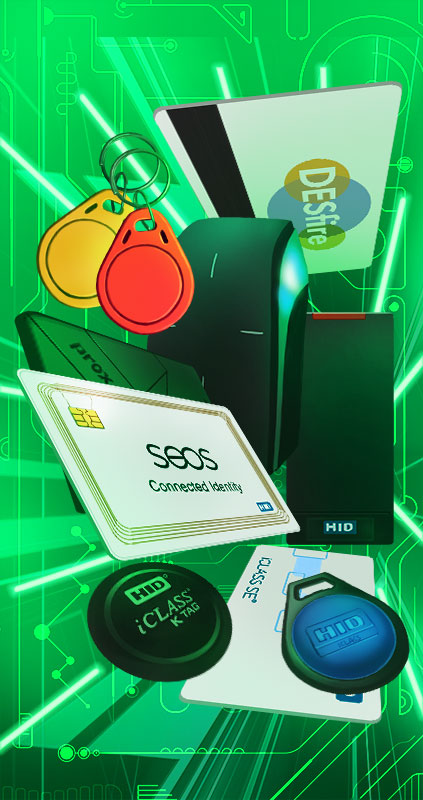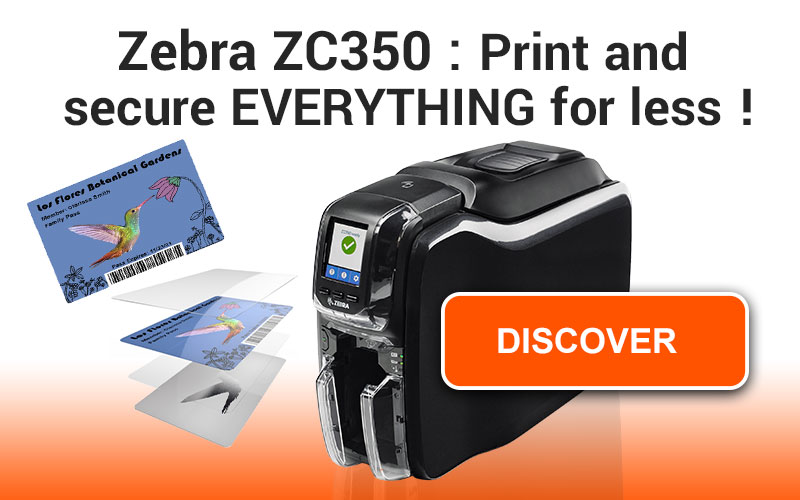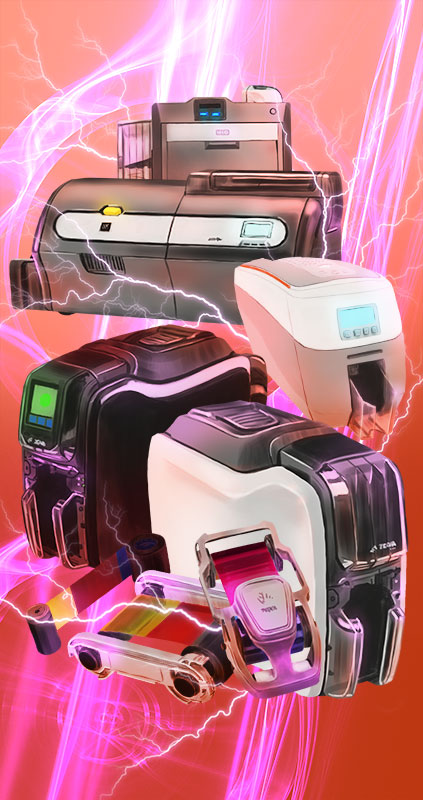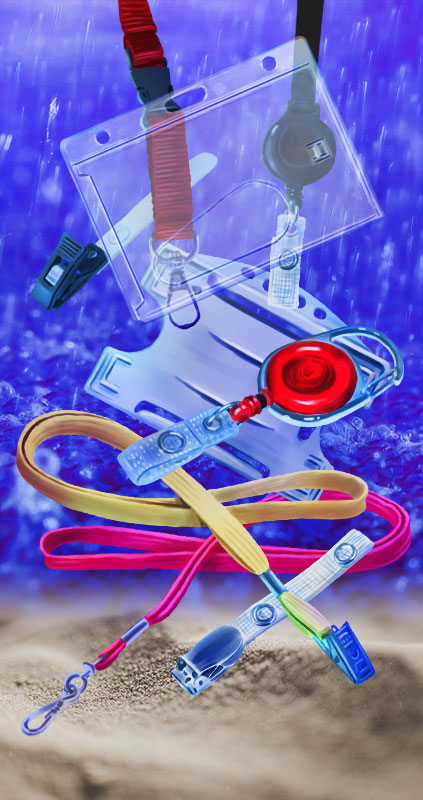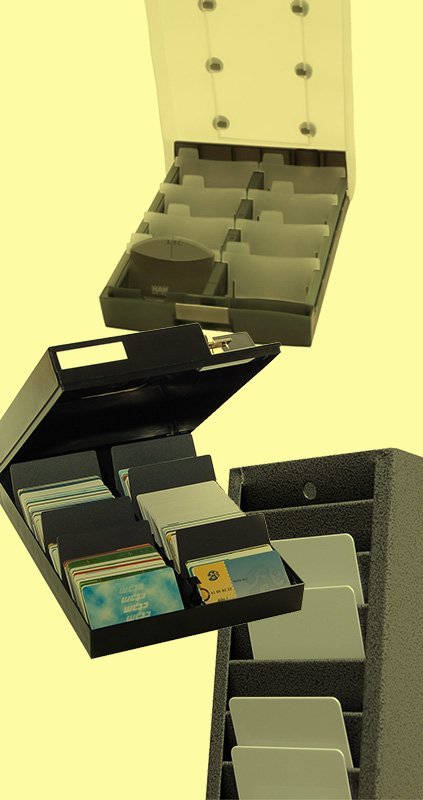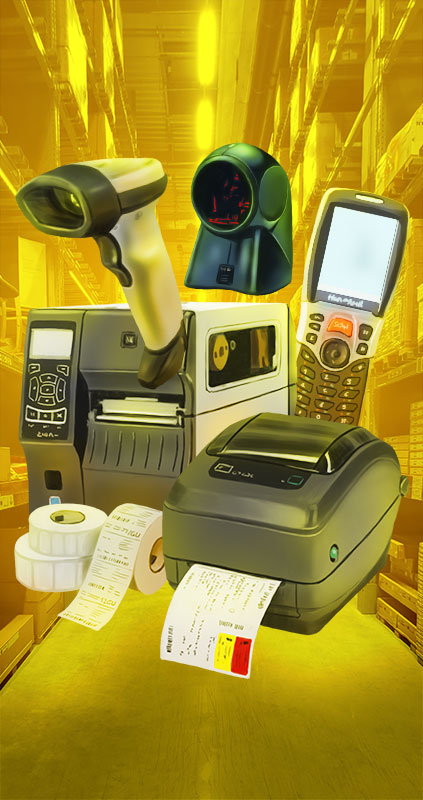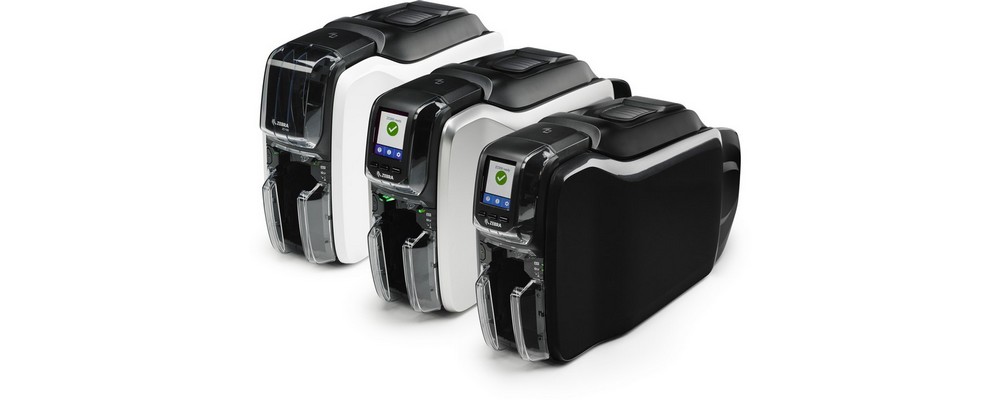The increasing use of identification cards or personalised badges in many areas has made plastic card printers a must for many companies and administrations. Indeed, the development of RFID and NFC technologies technologies as well as the improvement of printing techniques have allowed ID cards and other personalised badges to be used in various fields such as access control, events or advertising. The increase in applications and production volume is pushing companies to equip themselves to be more flexible and autonomous while reducing their costs.
Stand-alone printing technologies have become more sophisticated and there are now a huge number of card printer models available with a wide range of options.
In order to provide a clearer picture, this article will review the main features and technologies of badge printers. It will be followed by a series of articles devoted to the main manufacturers in the sector and the models they offer. The first of these is available here and deals with the Magicard printers
The different printing technologies
There are three main printing technologies on the market today, thermal transfer printing, sublimation printing and retransfer printing.
Thermal transfer printing
This technology works by means of a thermal print head consisting of small heating resistors. The print head heats an ink ribbon which allows the ink to be transferred to the card. This technique allows the production of PVC cards in large quantities with photo quality (300 dpi). The disadvantage is the use of ink ribbons which add cost and take time to change.
Sublimation printing
Sublimation printing is the most common. Sublimation is a physical process that describes the direct transition of a body from a solid state to a gaseous state. This printing technology does not use ink but a special wax that is heated to 200 degrees by a thermal print head. The wax changes to a gaseous state and is sprayed onto the substrate where it settles and cools almost instantly. Each pixel of the image to be printed is reproduced perfectly on the substrate, resulting in a better image quality than direct printing. This technique does not allow to obtain a very good quality black. It is therefore preferable to choose another printing technology for black and white.
Retransfer printing
Retransfer printing technology is the newest and most advantageous. The technology has only recently been refined and is only available on some of the higher end models. Retransfer printing uses a two-step process.
First the image is printed by sublimation on a special film. Then the film is applied to the card by thermopressure.
This printing technique offers excellent image quality and flexibility in its use. Unlike other printing technologies, retransfer printing is not limited to PVC cards. It can be applied to a wide variety of materials and can be adapted to irregular surfaces.
It also allows for edge-to-edge printing and offers better security against fraud as well as a longer life span.
The main features of a card printer
In order to choose the most suitable card printer for your needs you need to define precisely what you want to use it for. Once you have defined your purpose, you need to select a printer with the combination of features detailed below that best suits your business.
Print volume and speed
In terms of print volume, badge printer models are generally classified into 3 categories.
- < 5000 units per year
These models are designed for small shops for the production of gift or loyalty cards, for schools for canteen cards and for associations or sports halls for the printing of membership cards.
- from 5000 to 10 000 units per year
These mid-range models are suitable for SMEs and shops that need to produce several dozen cards per day
- > 10,000 units per year
These models are designed for government agencies or large groups and generally offer very high quality and speed of printing.
The main factor affecting print speed is whether or not colour is used.
Most printers on the market offer a print speed of 100 to 150 sides per hour in colour and 500 to 600 sides per hour in monochrome. The most powerful printers offer a speed of 250 sides per hour in colour and 1000 sides in monochrome.
Type and quality of printing:
- Single sided / Double sided
- Colour / Monochrome printing
Whether or not to use colour printing depends on the type of card you wish to produce. Colour printing is more expensive and slower, but it is very useful for access cards with photo IDs or for any cards with commercial or advertising purposes.
- Print resolution
The print resolution of your printer will determine the quality and sharpness of the scan. It is measured in dpi (pixel per inch). The usual resolution for scans (whether for badges or photographs) is 300 dpi. As with print speed, resolution varies little between printers. Only high-end models offer resolutions above 300 dpi. High resolutions are particularly useful for ID cards to achieve optimum photo quality.
- Card format
The majority of printers offer landscape format prints, also known as Italian style. The most common format is CR80 (85.7 * 54.03 mm), which is the format used for credit cards and other loyalty cards. Some more specific models offer different formats, the most common being 90 * 50 mm or 70 * 50 mm.
If you want to use a portrait (vertical) format, turn to the French style which offers variations of the A7 paper format (74 * 105 mm).
See our guide to the different card formats.
Encoding system
- Magnetic stripe encoding
Magnetic stripes are the black bands found on the bottom of some cards, such as credit cards. They contain magnetic particles that allow binary information to be encoded on them. Magnetic stripe cards cannot contain complex information or applications, but are still used for many applications such as loyalty cards, payment cards or hotel room badges.
- Contact chip encoding
Contact smart cards contain a microprocessor in which data is encoded like in a computer. They have a storage capacity 100 times greater than magnetic tapes. The exchange of data between the card and the receiver takes place through the contact between the reader chip and the golden printed circuit board found, for example, on credit cards.
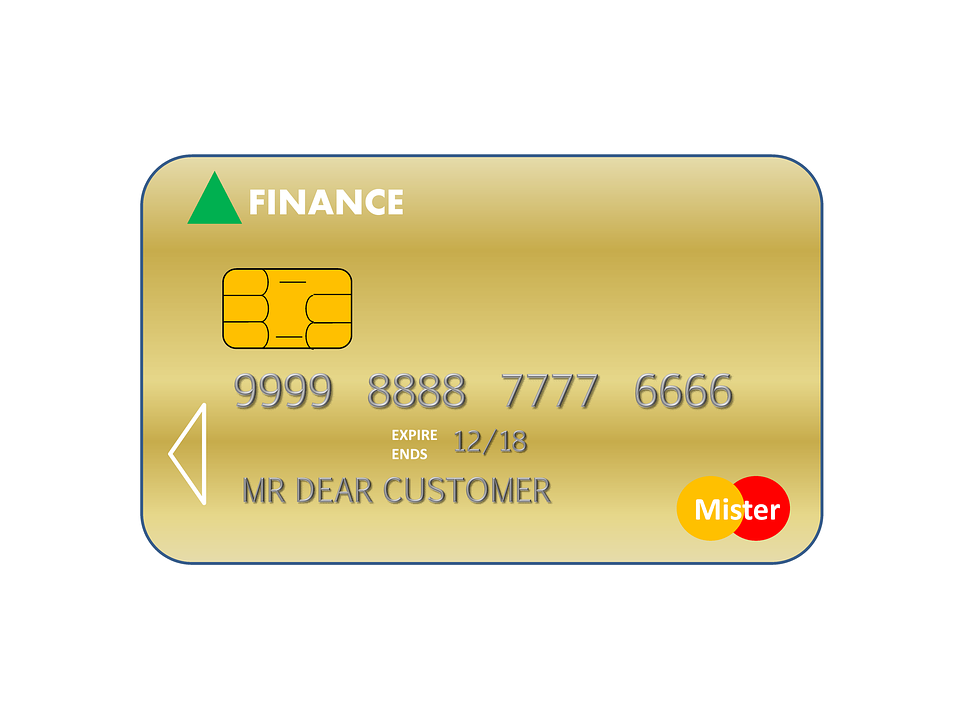
- Contactless chip encoding
Contactless chips use RFID or NFC technology. They communicate information via high frequency waves. These are the most sophisticated chips offering the most possibilities. The detection distance is between 3 and 10 cm. This technology is most often used for access control and contactless payment.
Go to the Elliaden website to discover the many models of plastic card printers available.


